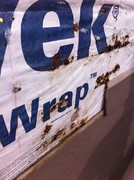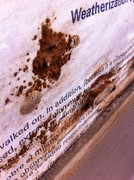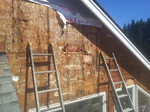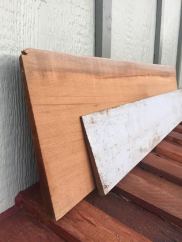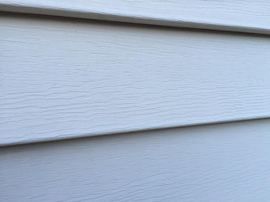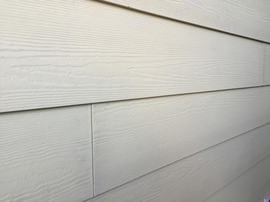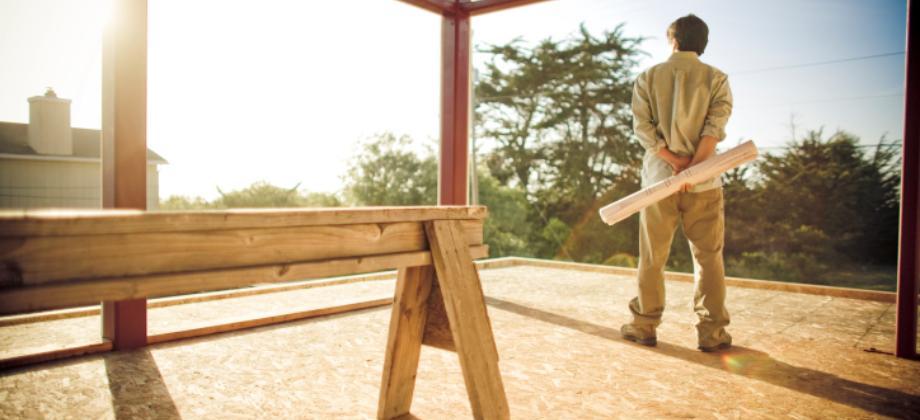
Articles
Dry Rot Remediation
Dry rot is a very common problem in the NW because we get so much rain. Dry rot creating fungus grows well on all lumber. Moisture and lack of air circulation is all you need for dry rot to appear on wood. Dry rot problems are especially dangerous when rot appears on the wooden structure of the house. Once the fungus starts to grow on your structure, it destroys wood tissues which are responsible for the wooden structure to be firm and solid. Dry rot causes wooden parts of your house to decay, become soft, lose its shape, and loses the ability to withstand weight pressure. This leads to the leaning of the house to one side, dropping of the floor level, sagging in open spans of wood (such as garage door openings), and roof structure deformation. All these signs are warnings to us that something is going on inside the stucture of our house and something may be affected by dry rot. The rot problem has to be taken care of right away once it has been determined!
If you notice a sagging corner on your window sill it didn't appear there over night. If you are able to see dry rot with your naked eye without taking apart your wall it means that the rot has been inside for quite some time and is in the stage where the rot starts to affect the surfaces that are visible. One sagging corner of the window sill may not just be a simple repair of a small piece of your sill but it might mean that the whole window frame is affected by dry rot and has to be repaired. That's why it's very important to fix the rotted areas once you suspect that you have a dry rot problem.
Now fixing dry rot damage is not a simple procedure, most of the time dry rot has to do with your structural framing, except when it's just the exterior siding trim that is rotting. But most cases, dry rot gets to your framing. You have to realize that the part of your wall that is rotting is actually holding the wall itself, so if you will just start taking studs out to replace them with new framing, the whole wall may just collapse. It is the same story with the floor joist system or roofing trusses. So dry rot repairs often require building additional support walls or installing supporting posts to hold the rest of the structure while you are doing the rot repairs to the wall. Things get more complicated when you are dealing with two or three story homes. Then you have more weight pushing on your damaged walls and you need additional support to withstand all that weight. Fixing dry rot requires not just good carpentry skills but also engineering knowledge of weight distribution and support.
One more important thing about dry rot and what's causing it, that I should mention, is the vapor barrier on the house. Since the vapor barrier is the underlayment that separates your siding and your framing by tacking on the vapor barrier to your wall before installing your siding, it is very important to choose a good quality product that will actually allow your structure to "breathe". This means that the vapor barrier will let air circulate behind your siding. A very widely used product brand is Tyvek. In my opinion it is the worst choice you can make when choosing your vapor barrier. Tyvek is actually a plastic like product that will withstand moisture pretty good but doesn't "breathe" very well, so if any moisture will get trapped behind your Tyvek vapor barrier there is almost a 100% chance of getting the dry rot fungus on your walls. An even worse situation is with new construction housing.
Since construction in the Pacific NW doesn't stop for the rainy season, homes are being built under all conditions. So just imagine when Tyvek or other poor performing vapor barriers are installed right on soaking wet plywood, all that moisture has no way to escape. You basically have the conditions for dry rot right from the very beginning. But you will notice dry rot only years later when the rot had caused extensive damage to your structure. So my advise would be to use a rain screen system on your walls, or a high quality vapor barrier such as HydroGap by Benjamin Obdyke. HydroGap has plastic bumps, which makes it an uneven surface that allows air and mosture to travel between those bumps and drain out and away from the building. HydroGap is made of fabric like material that "breathes" better.
So take good care of your house, watch for any signs for dry rot and deal with the problem right away.
Siding Products
We will introduce you to a few of the most popular siding types which we use in our area:
Siding is an exterior shell of your house that protects the structure of your house from water intrusion, water damage and gives your house a unique look. As you all know here in the US we use a light framing system to frame out our houses for more then one hundred years now. And all that time people used siding as one of the methods to protect their framing from all types of weather. Of course people used many other ways to do that; such as brick, stone, stucco and e.t.c, but the most widely used and popular method has always been SIDING.
Siding can be made out of different materials and can have different styles. The original material used for making siding was wood. Because it's a natural product, it was used first to make siding. People used wood to make siding for many years. Trees used for making siding are usually those types of trees that have very little or no tree sap in them, and also which wood is less affected by fungus and bacteria after being processed. These trees are Cedar trees, Cypress and some other types of Fur trees. The most popular wood type to make siding out of, here in US, is Cedar. I would say 95% of all wooden siding used in the US is made of cedar. There are different types of wooden siding styles such as horizontal beveled siding, channel siding, sheet siding panels, tongue and grove siding and a lot more. All these types of siding require special knowledge and skills to install them, to give your house the right protection and look after the siding is installed. Even though wooden siding is the first type of siding people started to use, it has stayed the most prestigious, high quality and expensive product to use on your house to this day.
A type of siding which became very popular and came as a modern innovation in the 1940's was metal siding; mostly aluminum. This siding requires special technique of installation, in which different accessories are used to attach the siding together on seams, corners, around windows and door openings (such as j-channels, corners, blocks, trim, starters strips, etc.).
Another type of siding which is a modern alternative to aluminum siding is vinyl siding. It's pretty much the same system as aluminum siding, the only differences are that all parts and the siding itself are made out of vinyl. It became more popular when plastic started to be widely used in our society. And it's still very popular compared to metal siding, which is getting very little use on the market these days. Vinyl siding has come a long way from the time it has been introduced and has been updated to higher quality standards to compete with the other siding products.
Fiber cement siding is a fairly new siding system compared to all the other siding types we have in our country. It's made out of cement and micro fibers which are mixed together to produce a fiber cement board. This product became extremely popular in the late 1980's; due to non-rotting materials used to make it, it's good look and fairly simple installation. There are also different accessories that are used to install fiber cement siding such as fiber cement trim, fiber cement corners, blocks, soffits and etc. There are different types of fiber cement siding such as panels, horizontal boards, and shingles. Even though you can use fiber cement accessories to install along with your fiber cement siding, it's not necessary. With fiber cement siding you can use wooden or PVC accessories, which makes it very comfortable to work with, because you are not limited to only one material type when installing this siding. Most common brands of this siding are James Hardie, Certain Teed, Cemplank, and GAF.
No matter which type of siding you will choose to have installed on your house, make sure you hire an experienced professional to do it for you. Or if you do it yourself, make sure you have studied that process carefully before starting the siding project. Because even though it seems like a simple process, there are a lot of little details and nuances to follow which will affect your house protection and its final look.
